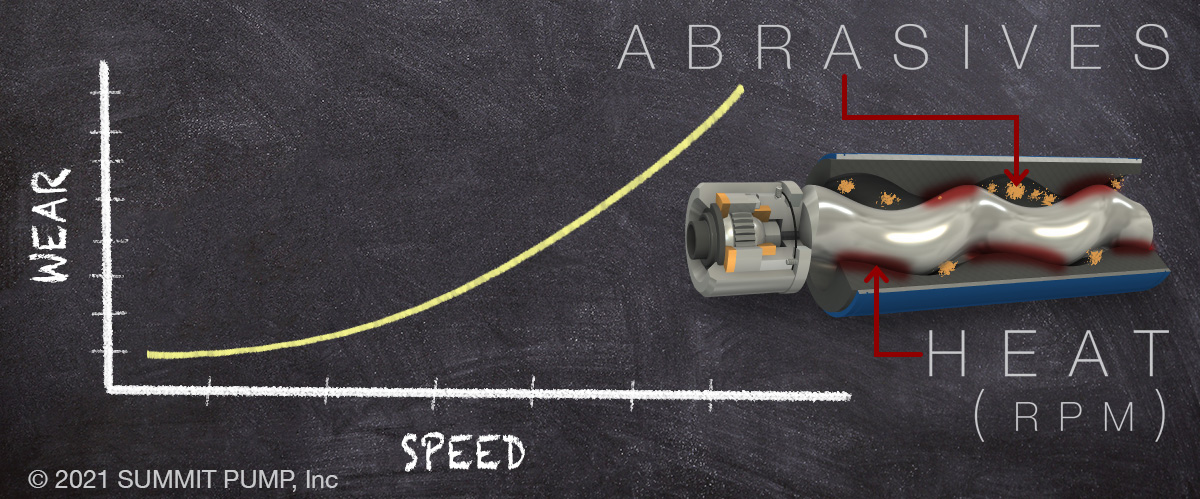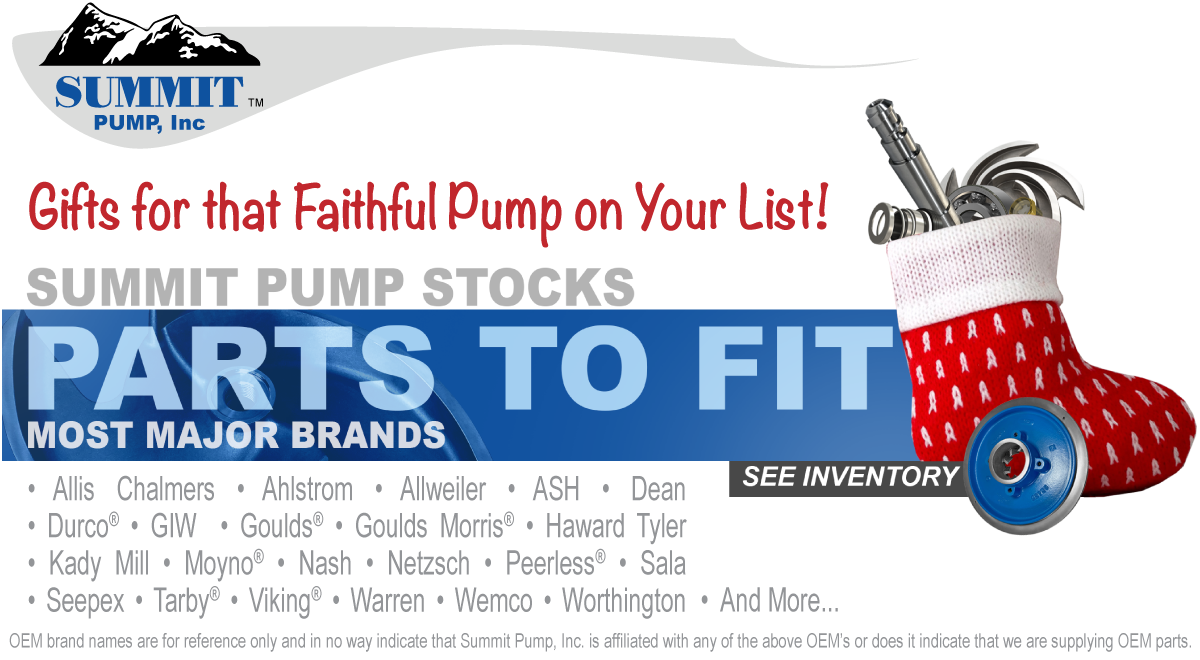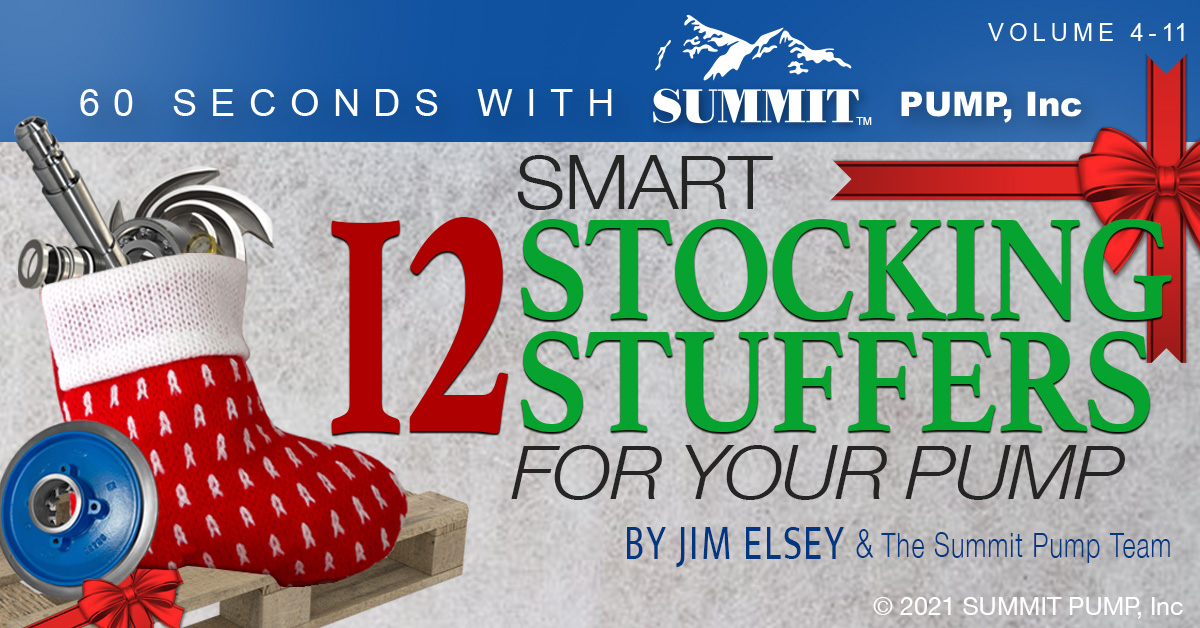1.
The root cause of almost every pump problem will be on the suction side (85%). Look there first. 2.
In theory, a self-priming pump (at sea level) can lift water almost 34 feet, but in reality, that will never happen due to friction, vapor pressure and imperfect systems. It may be better to think of the maximum lift as 25 feet and even that is for pump applications with ideal conditions.
 3.
Speaking of self-priming pumps… note that pumps on a lift condition will have a negative pressure on the suction side of the system. Consequently, if there are leaks in the suction piping the liquid does not leak out, but the ambient air will leak into the pipe. 4.
ANSI pumps: Check the oil level in the pump sight glass to be at or slightly below the midpoint. The maxim of “if a little bit is good… than more must surely be better” does not apply to oil level. High oil levels (above the middle of the bottom ball bearing) will increase the oil temperature and air entrainment. Both of these factors accelerate the oil’s oxidation rate and reduce both the life of the oil and the bearing. When was the last time you changed the oil in your pump(s)?  5.
New pump applications: Always calculate the Net Positive Suction Head Available (NPSHA) for the system and realize that suction pressure is not NPSHA. Failure to do so is a very risky and expensive mistake. 6.
Always calculate critical submergence and realize that just because you do not see vortices on the surface of the liquid does not mean it is not pulling air into the pump. A good thumb rule is one foot of submergence for every one foot per second of suction line velocity.

7.
As little as 4% air entrainment in the liquid will create poor pump performance. 8.
Pump wear is proportional to speed and is especially true if there are solids present in the liquid stream. The pump wear to speed ratio is a cube function which you can also think of as a factor of 8.  9.
All pumps have physical boundaries. The main ones are speed, allowable horsepower / torque as a function of speed (bhp per 100 rpm), working pressure and temperature. You should know what these parameters are for every pump that you apply. You don’t want to get arrested by the pump police. 10.
Avoid damage to equipment. Never start/operate your progressive cavity pump(s) dry.  11.
Never operate a centrifugal pump with the suction valve closed and minimize the amount of time that it operates away from the best efficiency point. If you have gauges installed you will know where that operating point is. 12.
The pump will always operate on its curve at the intersection of the system curve if it is capable of operating at that point. Note that the “pump curve” may not be the manufacturer’s published curve due to wear (open clearances), air entrainment, speed changes, cavitation, specific gravity, or viscosity.     | 
